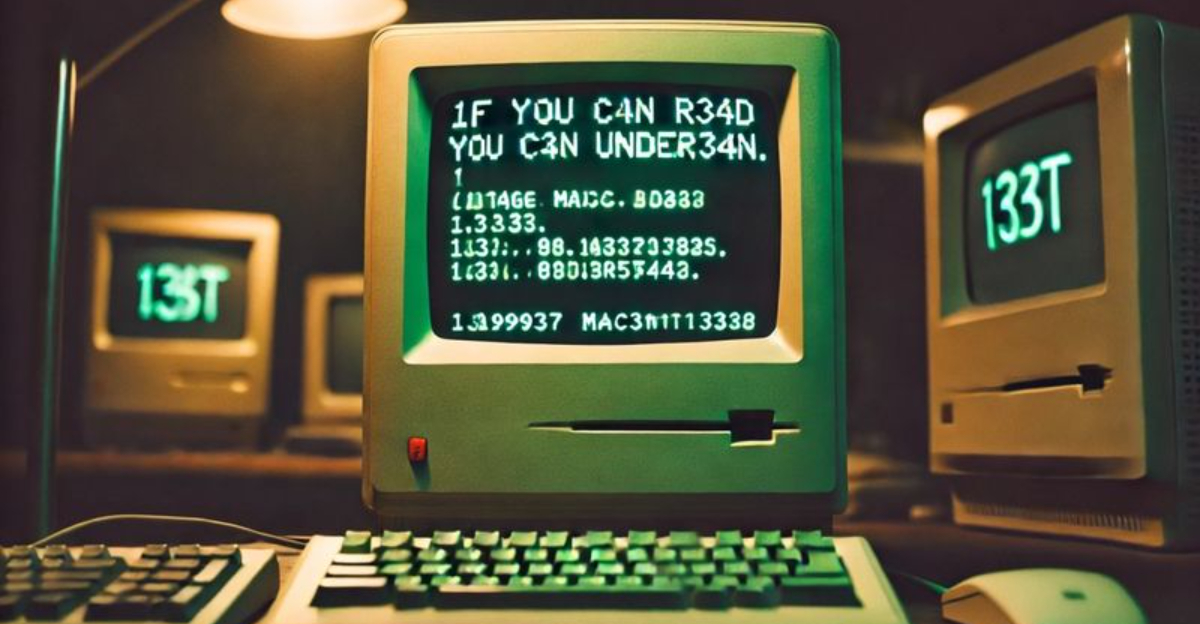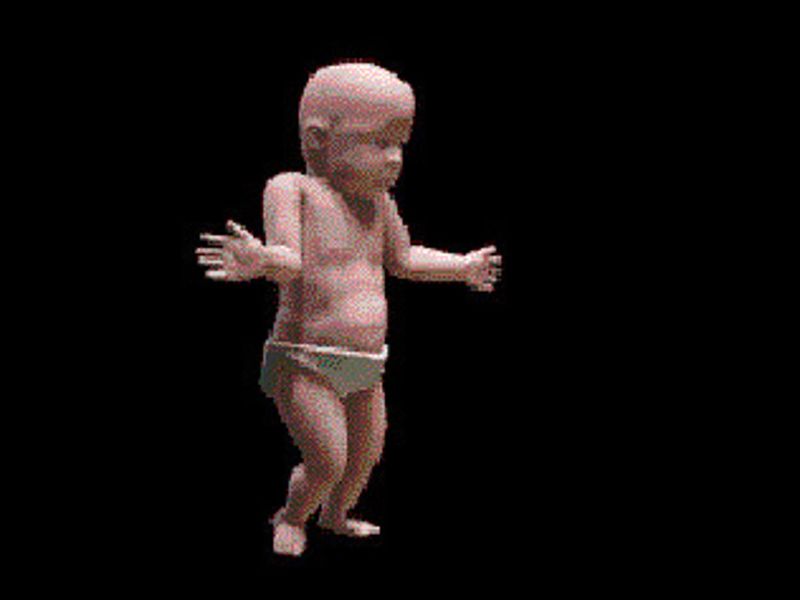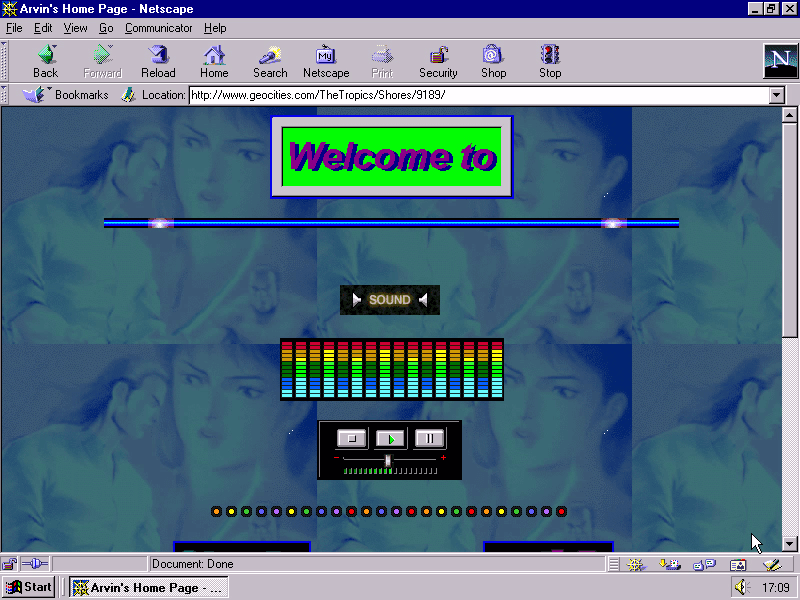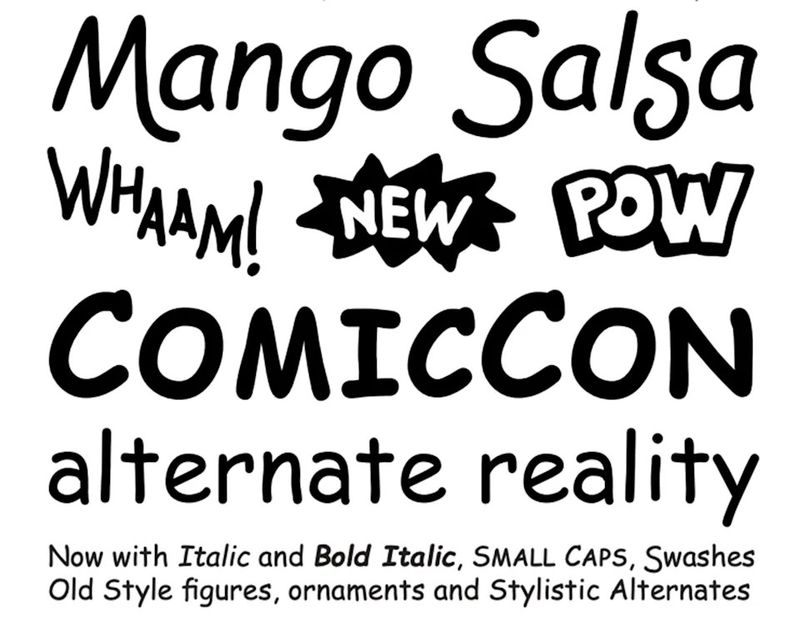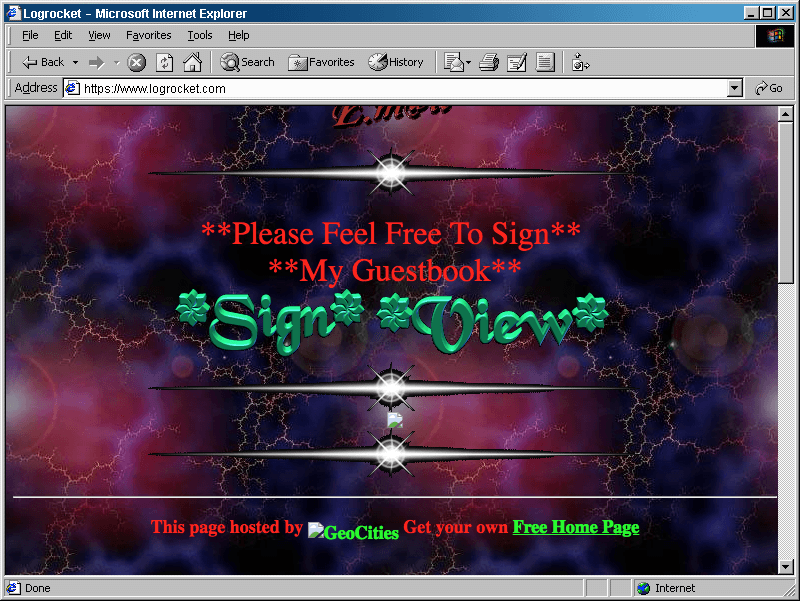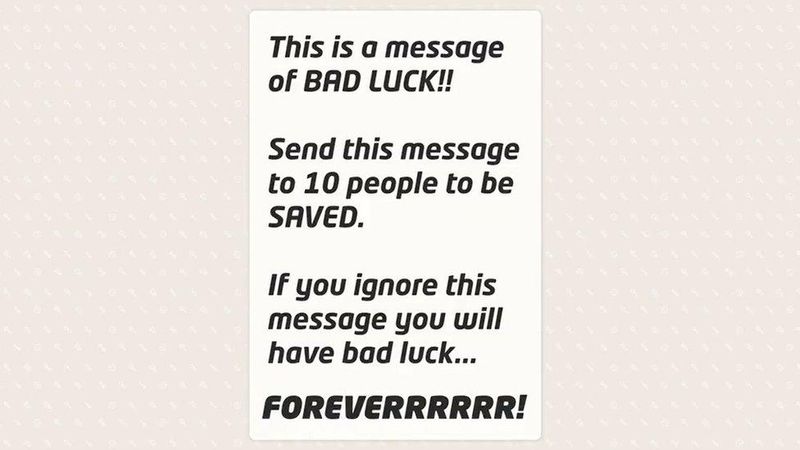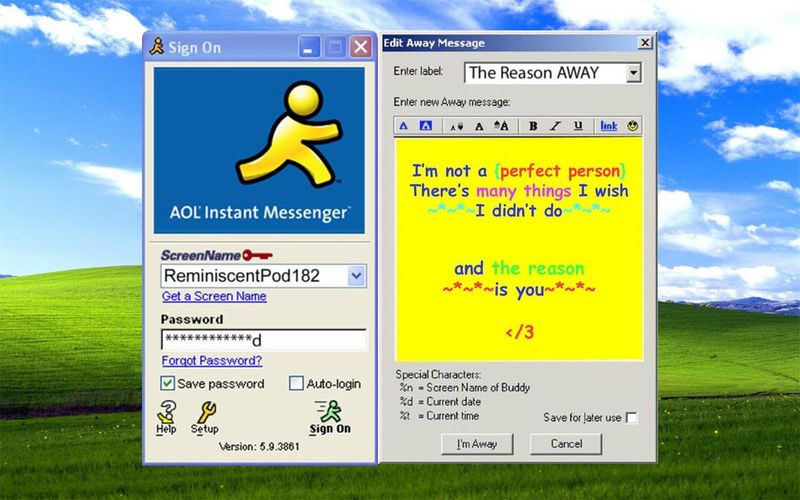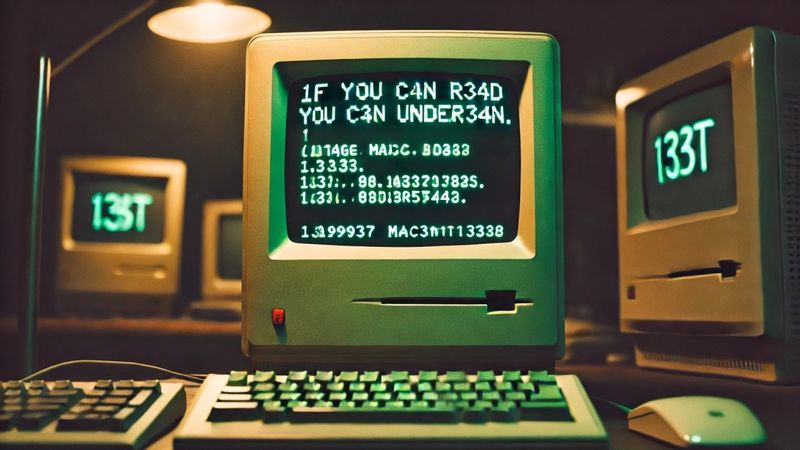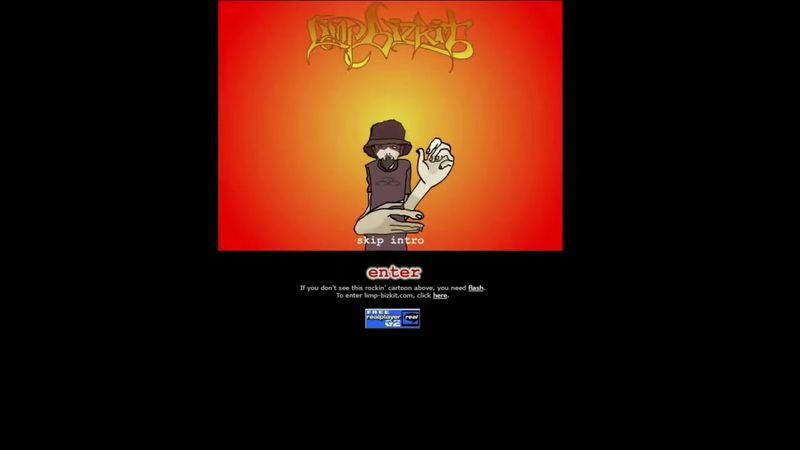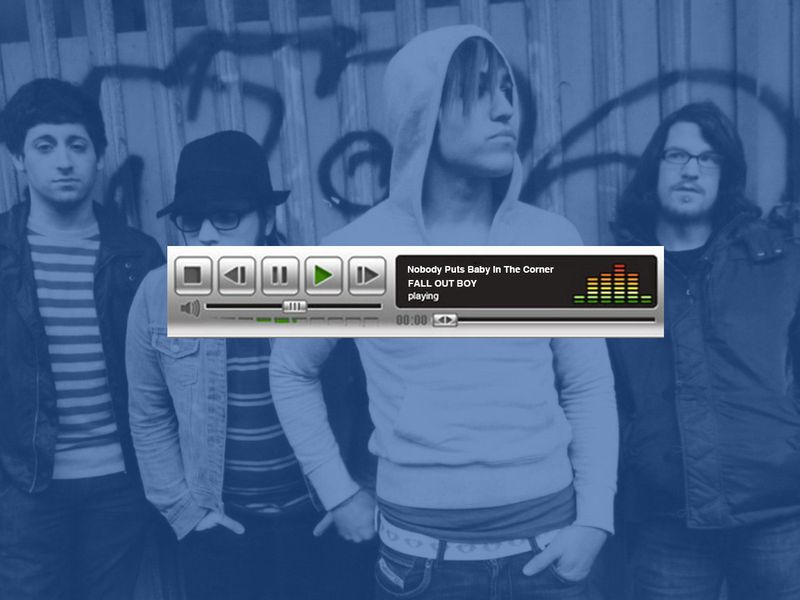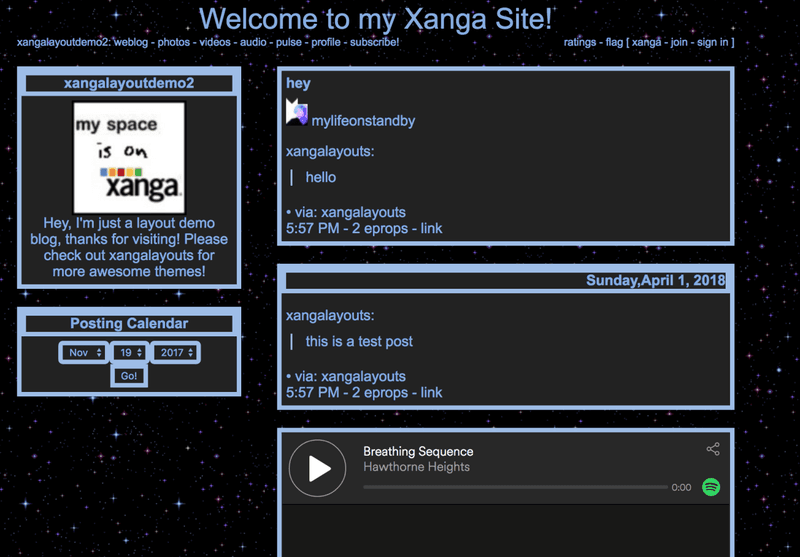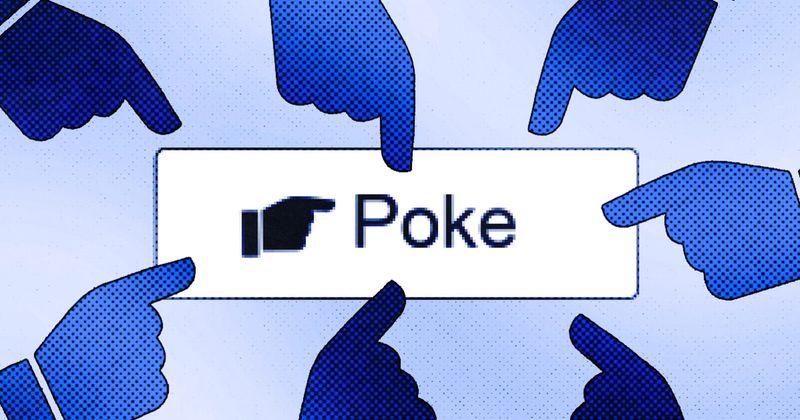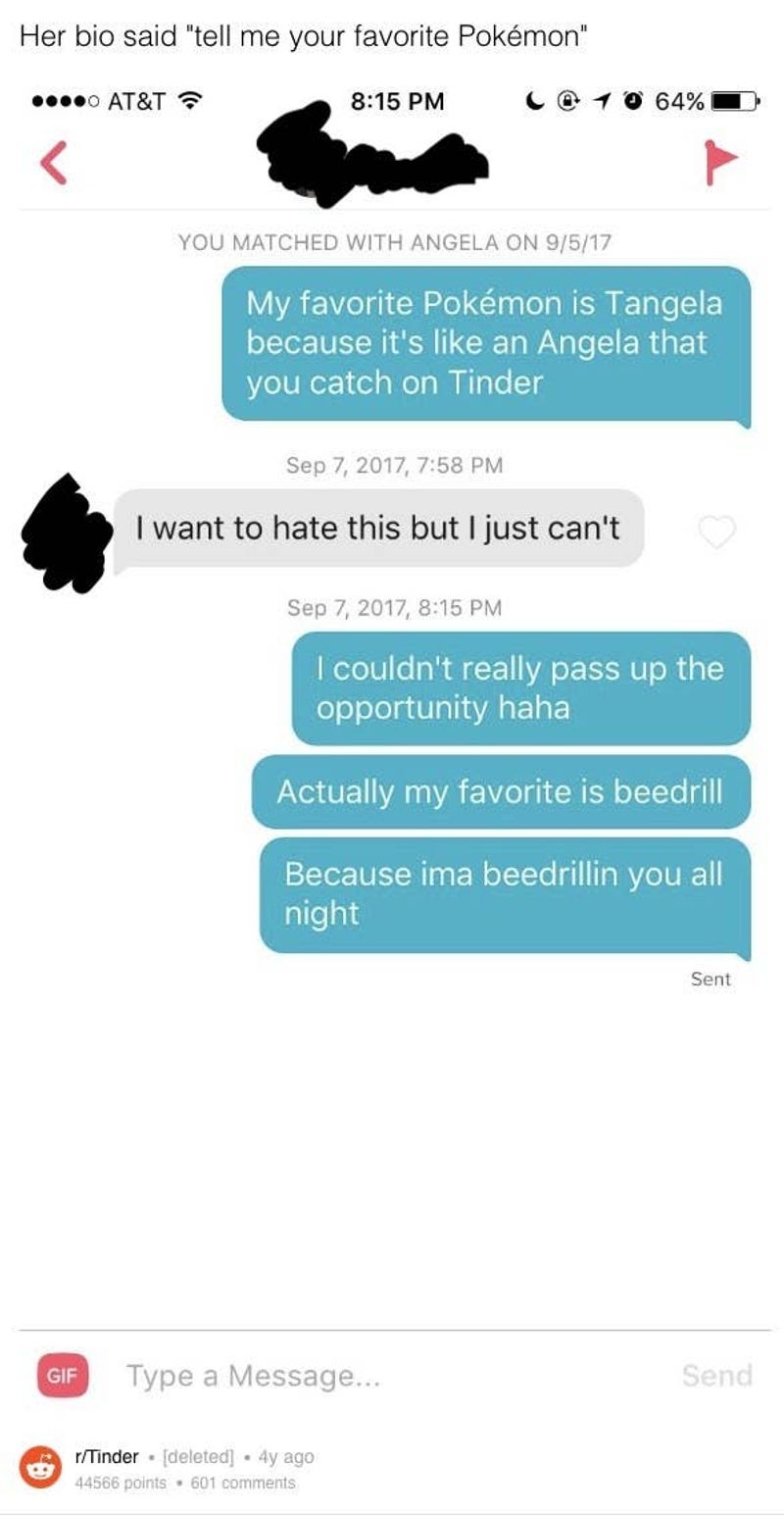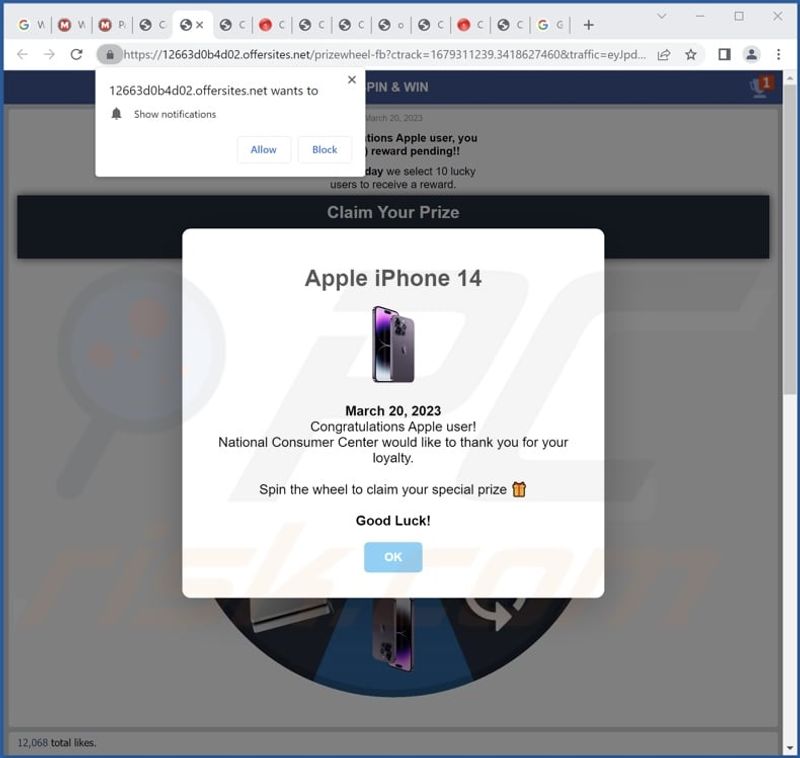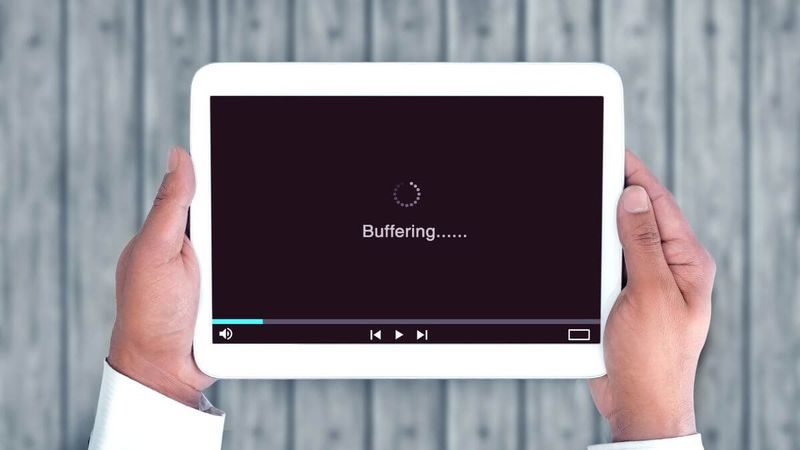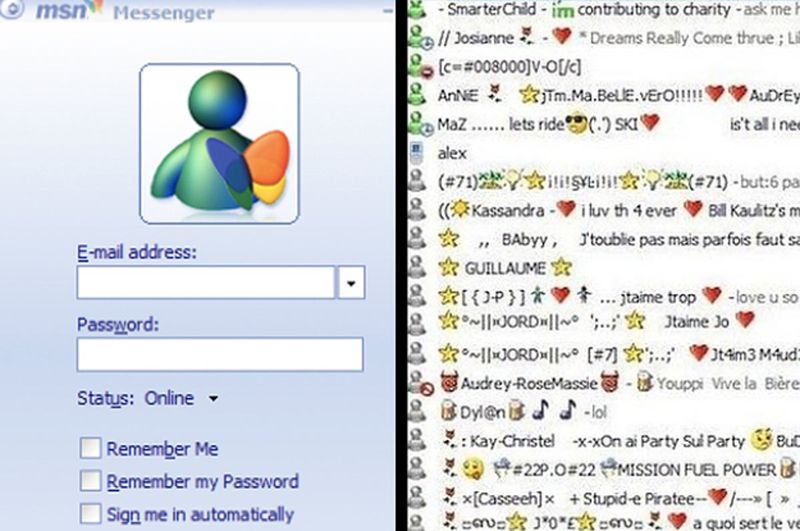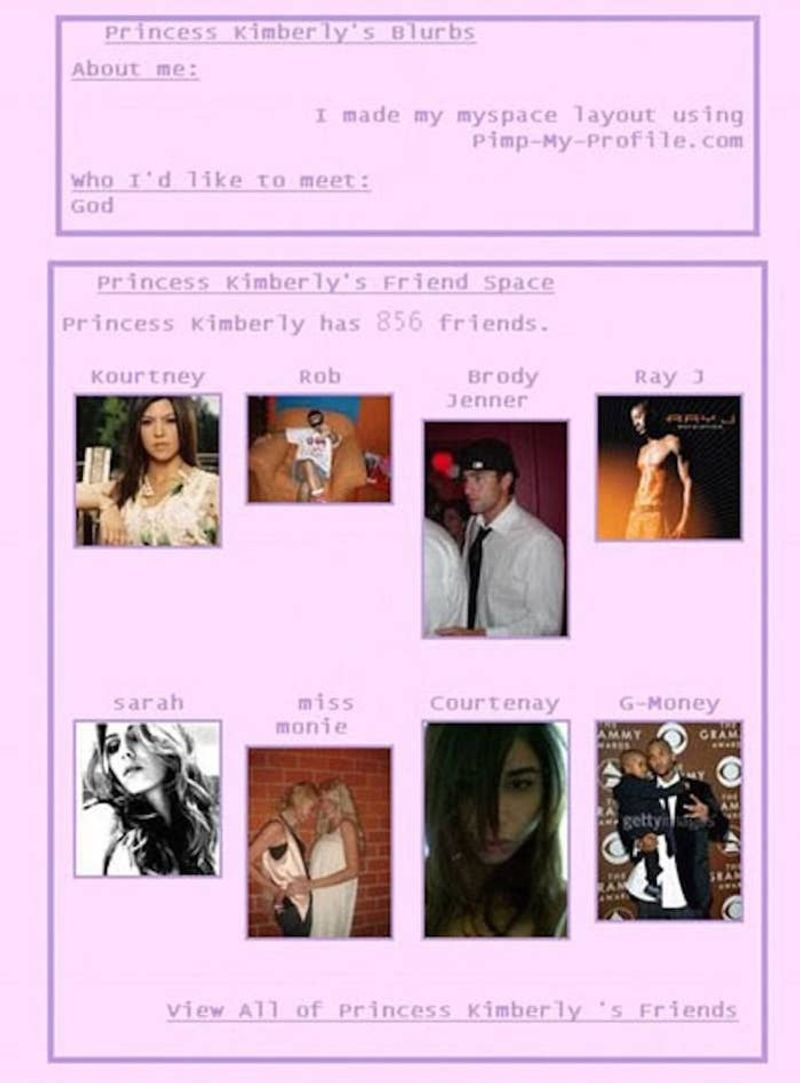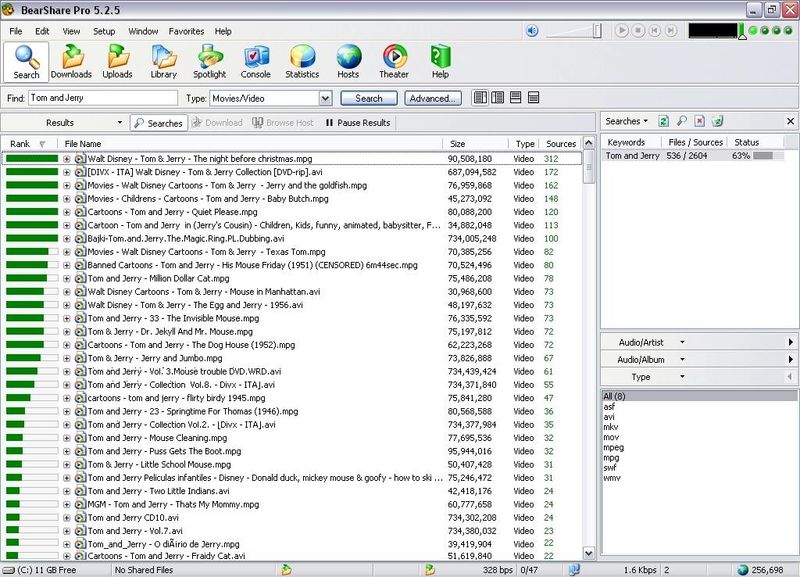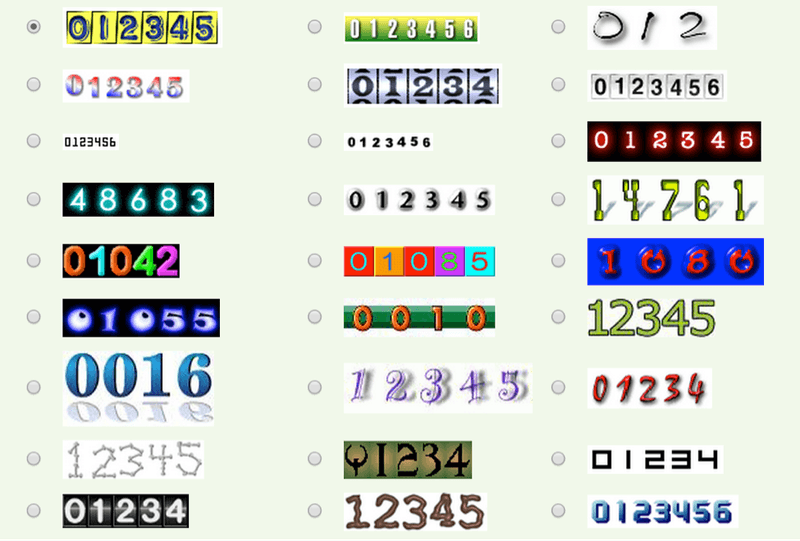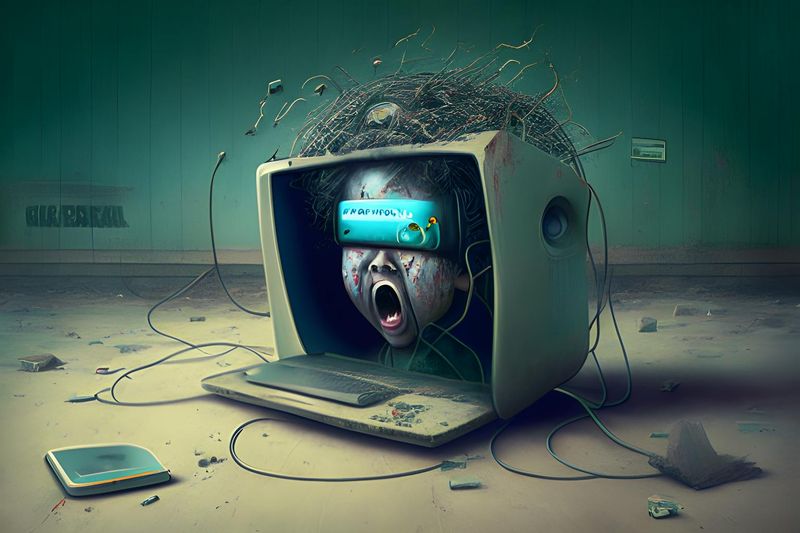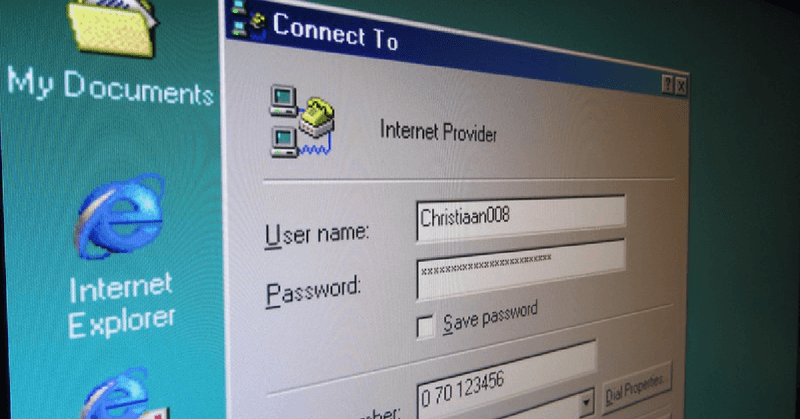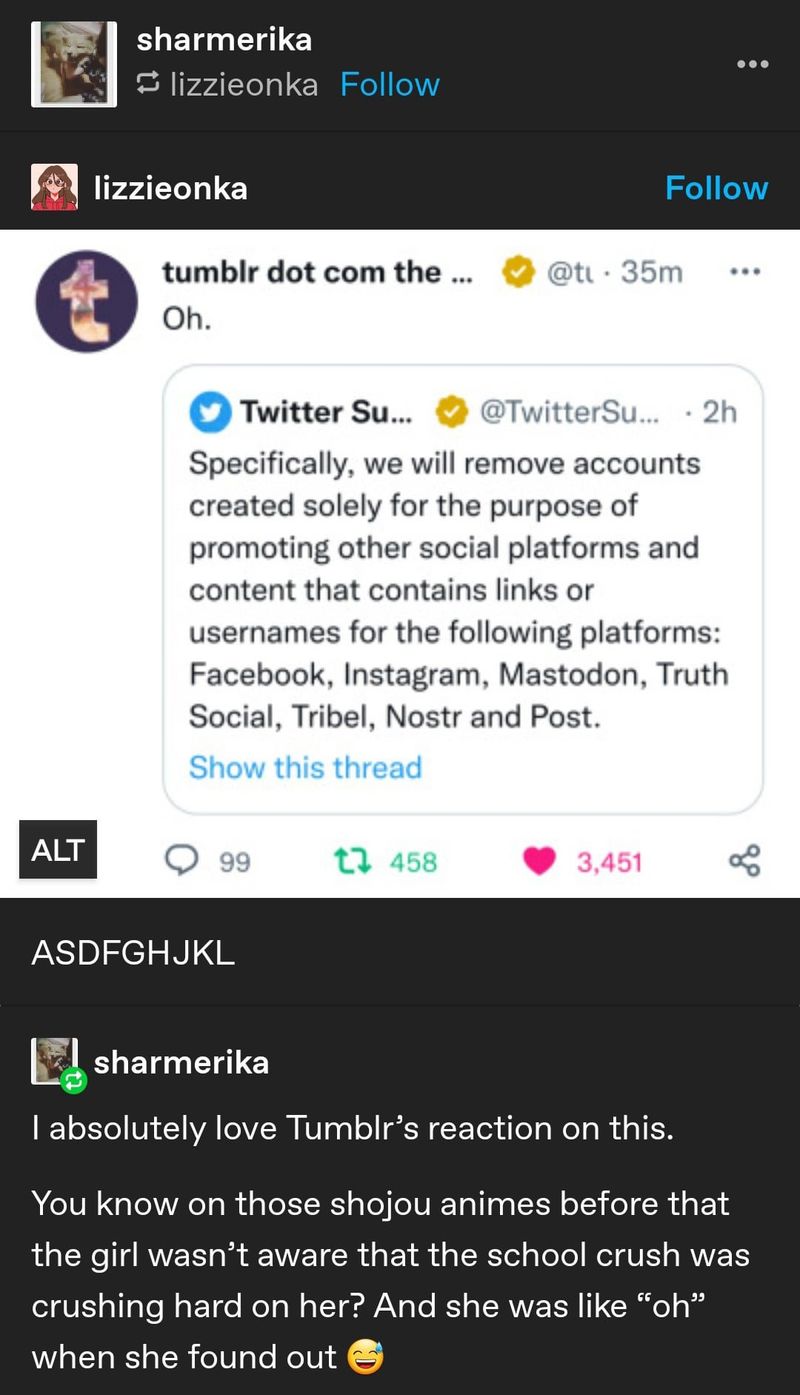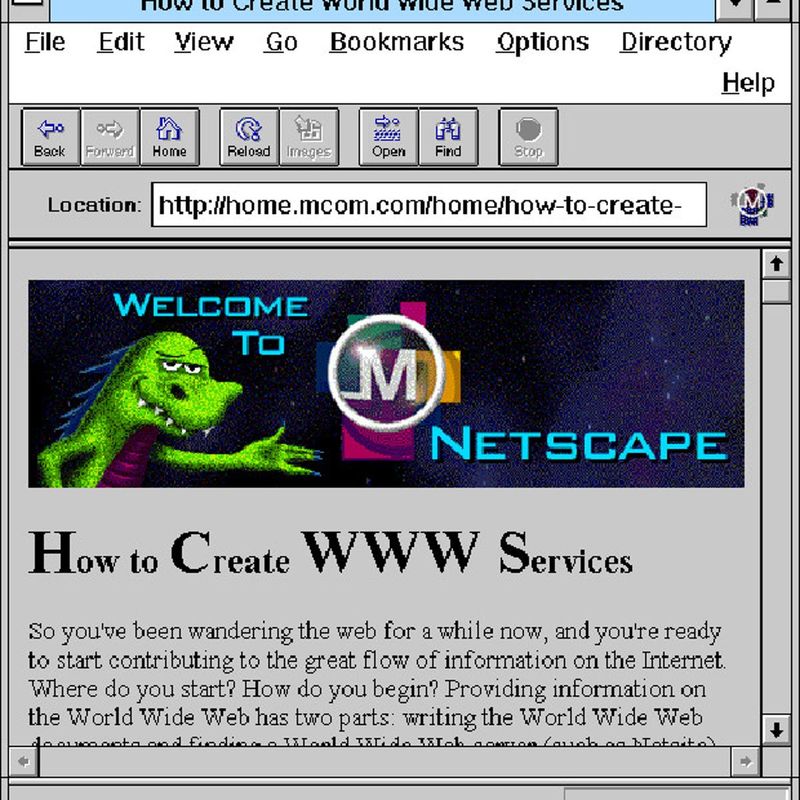The internet has come a long way since its early days, filled with trends that seemed cool then but make us cringe now. These trends, from blinking GIFs to chain emails, reflect a digital era that was both innovative and awkward. Here’s a look at 22 of those trends that defined early internet culture.
1. Blinking, Animated GIFs Everywhere
The late ’90s and early 2000s websites were a visual spectacle, filled with blinking and animated GIFs. Remember those ‘Under Construction’ signs, dancing babies, and glittery text? They seemed charming back then but now, they feel overwhelming and distracting. Those eye-catching elements were an integral part of web design, but today’s minimalist trend leaves them as a nostalgic reminder of a chaotic design era.
2. Autoplaying MIDI Music on Websites
Loading a GeoCities page often meant being greeted by unexpected MIDI music. Known for its tinny, looping sound, it was like having a personal soundtrack, whether you wanted one or not. The novelty soon wore off, as users scrambled to mute their speakers. Today, the idea of auto-playing MIDI music is more cringe than charming.
3. Overusing Comic Sans
Comic Sans, once the darling of fonts, made its way into everything from personal blogs to professional sites. While it was intended to be light-hearted and comic-like, its overuse led to widespread disdain. This infamous font became synonymous with amateur design, leaving a legacy of misused typography that’s still joked about today.
4. Guestbooks on Personal Websites
‘SIGN MY GUESTBOOK PLZ!!1!’ was the enthusiastic cry of early webmasters. Guestbooks were the comment sections of personal websites, filled with ASCII art and comments like ‘FIRST!’. They served as a way for visitors to leave their mark but have since faded away with the rise of social media commenting and interaction.
5. Chain Emails
Chain emails spread like wildfire, promising good luck or threatening bad luck if not forwarded to 10 friends. These digital superstitions were the original viral spam, filling inboxes with dubious claims and endless threads. The quaint charm of these messages quickly turned to annoyance, leading to their decline as email became more sophisticated.
6. Away Messages (A/S/L?)
AIM away messages were a digital canvas, filled with dramatic song lyrics or cryptic messages like ‘brb… life is pain.’ These messages were a reflection of teenage angst and creativity, becoming a unique way to express oneself in the chat era. Though endearing at the time, they now feel more like a quirky relic of internet history.
7. Using “1337 Speak” Unironically
‘Ph33r my l33t h4x0r sk1llz!’ Typing in “1337 Speak” was a badge of honor for early internet users. This playful language, using numbers and symbols in place of letters, was meant to be cool and secretive. Today, it feels more like a confusing puzzle, a nostalgic nod to the internet’s playful past.
8. Flash Intros (With Skip Buttons That Didn’t Work)
Flash intros were the grand entrances of early websites, loaded with animations and music. Unfortunately, the ‘Skip Intro’ button often failed, forcing users to endure these lengthy spectacles. What once seemed cutting-edge now feels cumbersome, a reminder of a time when patience was required to surf the web.
9. Profile Songs on MySpace
MySpace profiles came alive with auto-playing songs, usually filled with emo tunes by bands like Fall Out Boy. This feature allowed users to express themselves musically, but it also led to unexpected blasts of sound. The personal touch was unique, yet today, the idea of auto-playing profile music seems more jarring than enjoyable.
10. Overly Personal Blog Posts (LiveJournal/Xanga)
Platforms like LiveJournal and Xanga were havens for teens to pour out their deepest thoughts. These overly personal blog posts revealed everything from daily struggles to existential musings. While therapeutic at the time, sharing such intimate details now feels uncomfortable, highlighting the evolving norms of online privacy.
11. “Poking” on Facebook
Remember when Facebook’s primary interaction was a simple ‘poke’? This virtual nudge was both playful and perplexing, often leading to endless poke wars among friends. Though it seemed fun back then, the concept of poking has since faded, leaving us to chuckle at its simplicity and awkwardness.
12. Clunky Chat Room Pickup Lines
‘A/S/L?’ was the quintessential chat room pickup line, asking for age, sex, and location. These clunky openers were the beginning of online dating, albeit in a less refined form. Today, such lines seem more cringeworthy than charming, a glimpse into the nascent stages of digital romance.
13. Fake “You’ve Won a Prize!” Pop-Ups
The internet was riddled with fake pop-up ads declaring, ‘You’ve won a prize!’ These persistent scams promised rewards in exchange for personal information. Though they may have fooled some, they became notorious for their deceitful nature, now serving as cautionary tales for online security.
14. Embedding a YouTube Video Took Forever
In the days of dial-up, embedding a YouTube video was a test of patience. Buffering seemed eternal, often ending with a frustrating ‘not available in your country’ message. Though video content is now just a click away, remembering those slow load times reminds us how far technology has come.
15. Using MSN Messenger Emoticons Excessively
MSN Messenger was an emoticon paradise, with users peppering conversations with colorful symbols like (✿◕‿◕) ✧・゚. While they added flair to chats, the overuse often led to miscommunication. The excessive emoticons, once endearing, are now a humorous memory of digital expression in its infancy.
16. “Top 8” Friend Rankings on MySpace
Nothing stirred teenage drama like MySpace’s ‘Top 8’ friends feature. Deciding who made the cut was a social statement, causing friendships to rise or fall. While it added a personal touch, the feature now seems more like a symbol of superficial social rankings, humorous in its straightforwardness.
17. LimeWire & BearShare Downloading (RIP Your PC)
LimeWire and BearShare promised free music but often delivered viruses instead. Users eagerly downloaded tracks, only to find their PCs compromised. The allure of free content led to countless corrupted files, now a cautionary tale of digital piracy’s pitfalls.
18. Overly Flashy Website Counters
‘You are visitor #0000012!’ proclaimed the flashy counters on early websites. These digital odometers were meant to showcase popularity but often felt more like vanity metrics. While they served a purpose, the obsession with counting visitors now feels more quaint than crucial.
19. “Blogrings” (Webrings)
Before SEO took over, webrings connected sites in a network to boost traffic. These ‘Blogrings’ allowed niche communities to flourish, creating a sense of belonging. Though they’ve vanished, their legacy persists as a reminder of the internet’s collaborative spirit.
20. Using “Dial-Up Sounds” as a Flex
Who could forget the screeching sounds of dial-up internet? These modem noises were a rite of passage for early surfers, signaling a connection to the World Wide Web. Now, they’re more of a humorous flex, reminiscing about the patience required to connect in internet antiquity.
21. Keyboard Smash Usernames
Usernames like ‘xXx_DarkAngel_xXx’ or ‘ILuvHorses2004’ were the norm, reflecting creativity and individuality. These names, often keyboard smashes, were badges of identity. Though charmingly unique, they now seem more like playful relics of a less formal digital era.
22. “This Page Best Viewed in Netscape Navigator”
Browser wars were fierce, with sites declaring ‘Best viewed in Netscape Navigator.’ This statement was a testament to the fragmented web experience, where compatibility was key. Today, it stands as a reminder of how unified the browsing experience has become.
